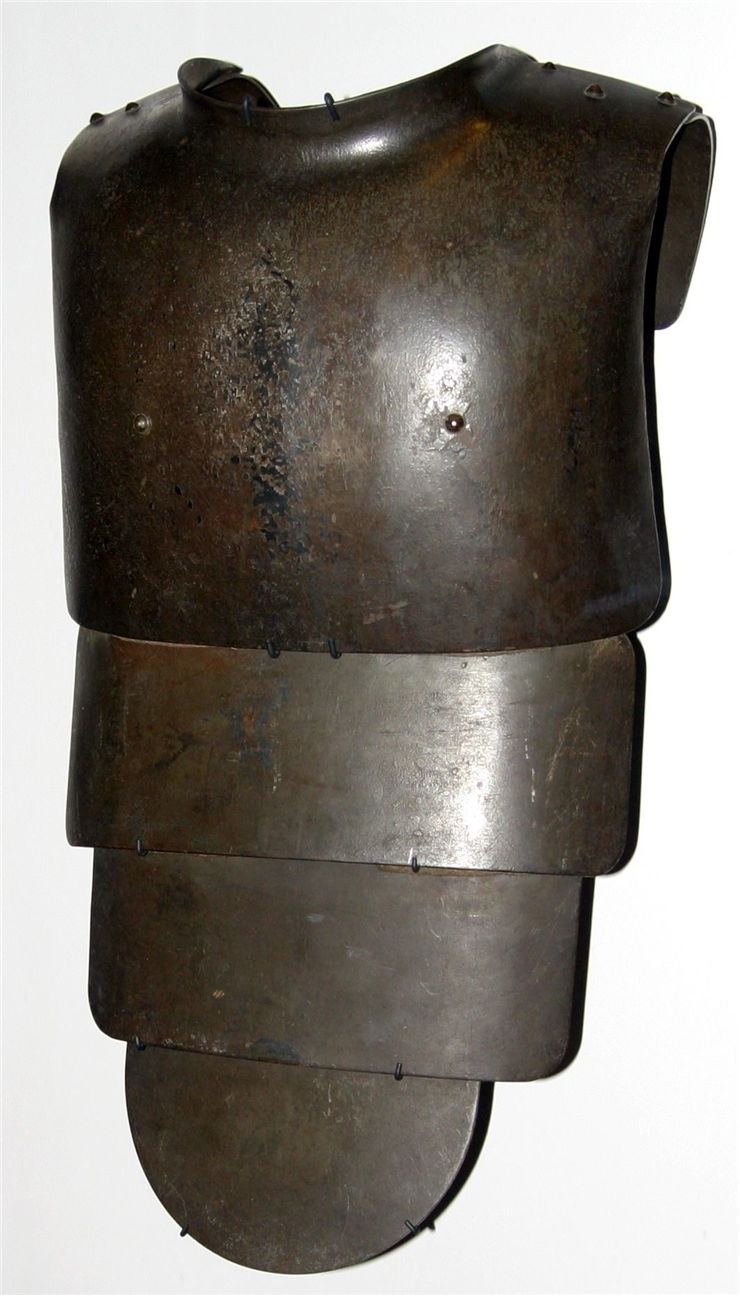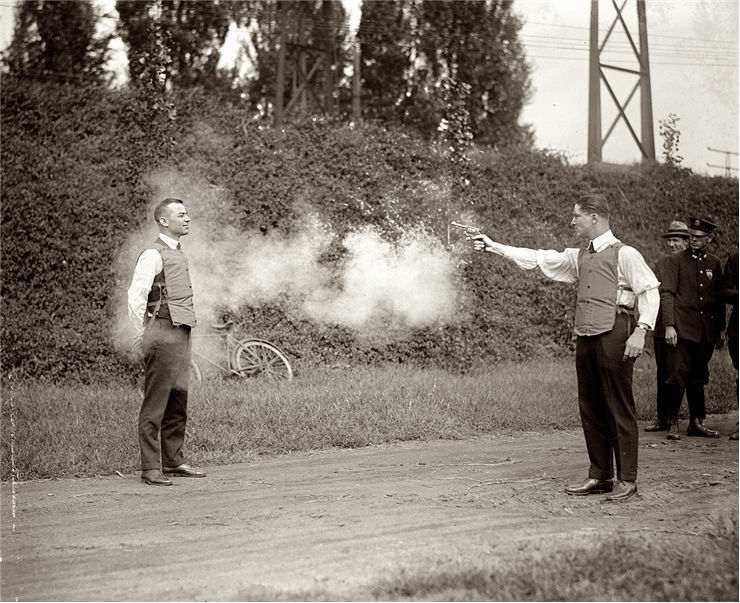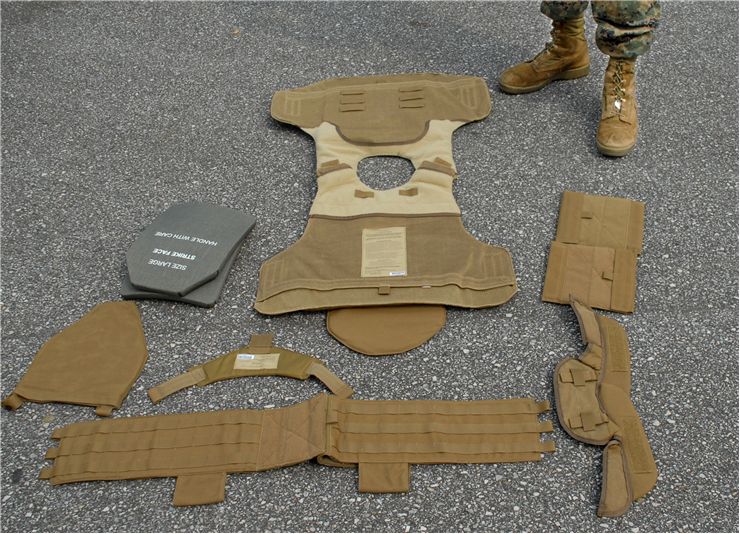History of Bulletproof Vest
Bulletproof vests represent the most important invention in armored warfare since the introduction of gunpowder weapons who managed to completely change the way modern warfare was conducted. Era of elaborate metal chest armors came to the end as soon as muskets and pistols gained enough power to easily break through even the most commonly used armors used in late European Middle Ages and Renaissance (various types of scale armors, chain armors, plate armors and many reinforced leather armors). Seeing that bullets can pierce all but most heavily armored protective gear, majority of armies across entire world stopped using metal chest armors, and switched to only protect heads of soldiers with various types of reinforced helmets (and even they were relatively rare before WW1 when artillery-focused warfare forced all armies to adopt standardized helmets).
However, even though old armors became obsolete with arrival of guns, inventors from all around the world immediately started working on discovering new techniques and build materials that could absorb the tremendous power of the bullets and prevent wounding. In 16th and 17th century several early examples of bulletproof wests were recorded, most made from very reinforced metal constructions (that were either used by nobles below their clothes when in public or armored military cavalry units during combat) or even soft materials such as heavily interwoven silk vests (used first in Japan).
More modern examples of industrial armor first appeared in mid 1800s, which were made from varying types of materials – many were made from heavy metal plates that were very thick and very heavy, Korean army used cotton vests that were made from 10 layers of hard fabric, and several armor types was made using silk, which had ability to not break even after hit of a bullet. First commercially sold lightweight bulletproof west made from silk were made and offered to public by Ukrainian immigrant living in United states Casimir Zeglen and Polish inventor Jan Szczepanik in 1901 whose vest saved the life of Alfonso XIII of Spain in 1901.
World War I introduced many advances in the field of bulletproof vest manufacture. One of the first attempts was creation of Bomber's Shield for pilots who were very susceptible to bullets and shrapnel that could pierce and ricochet inside the planes. Several types of infantry armors were also introduced, but slow deployment and small scale production meant that vast majority of wounded and killed soldiers who could benefit from such armor pieces did not receive them. All combat armors created in that time were very heavy and prevented soldiers to move fast. Lighter examples of armors were strangely popularized by American gangsters in 1920s and 1930s, whose cotton and silk vests could stop the bullets from very large variety of then most popular guns (but not most powerful .38 Super and .357 Magnum cartridges).
Bulletproof vest during World War II was also limited, with few types of metal plated armor vests being given to specific types of soldiers – flak jackets for British bomber crew, anti-aircraft crew, naval gun crews, tank support infantry, assault engineers and others. After the end of WWII, advanced materials finally started being used, most popularly in the M-1951, US Army bulletproof vest that was made from aluminum segments and fibre-reinforced plastic that were woven into a nylon vest, while its successor used much more capable ceramic plates that could stop even larger bullets. First armor made from Kevlar was offered to sale in 1975 under the name K-15. Ever since then, lightweight and extremely capable Kevlar became basis for the creation of all modern bulletproof vests, including the most widely used US Army vests PASGT (Personnel Armor System for Ground Troops) and IBA (Interceptor body armor) who were copied by other manufacturers into hundreds of similar designs.
Modern armors that are in use today by armies, government and civilian law enforcement agencies are rated in the system of 6 armor categories, with the lowest one (Armor Level Type 1) being able to protect wearer from .22 long rifle and .380 rifle cartridges and strongest one Armor Level Type 6) being able to withstand the shock of the impact of the .30-06 Springfield M2 armor-piercing bullets at velocity of around 878 m/s.


